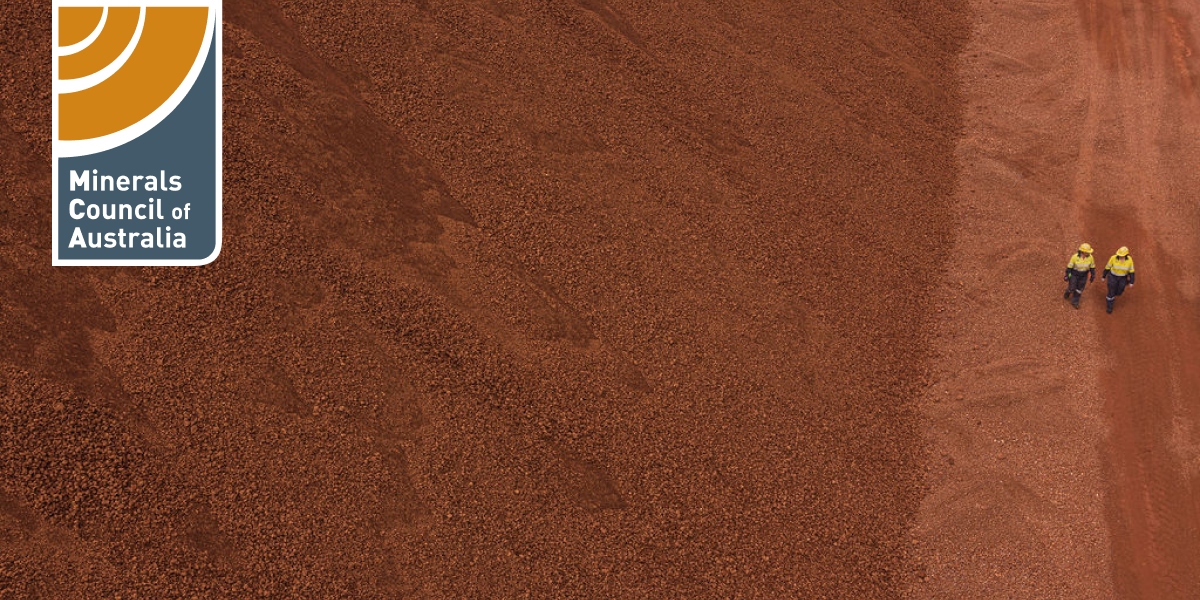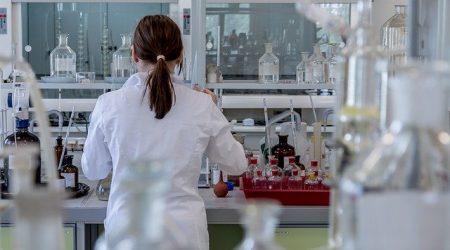
Scientists at Nanyang Technological University, Singapore (NTU Singapore) have found a way to turn pollen, one of the hardest materials in the plant kingdom, into a soft and flexible material, with the potential to serve as a ‘building block’ for the design of new categories of eco-friendly materials.
The findings, published in Nature Communications, show how they used a simple chemical process akin to conventional soap-making to turn pollen grains from sunflowers into soft microgel particles that respond to various stimuli.
They suggest that, coupled with advances in 3D and 4D printing, the resulting pollen-based particles might one day be turned into a range of different forms including polymer gels, sheets of ‘paper’ and sponges.
The corresponding authors of this paper are Assistant Professor Song Juha of the School of Chemical and Biomedical Engineering, and Professor Cho Nam-Joon and Professor Subra Suresh of the School of Materials Science and Engineering at NTU Singapore.
NTU Distinguished University Professor Subra Suresh, who is also the NTU President, said: “Our NTU research team has transformed hard pollen grains beyond their natural performance limits, and converted them into soft microgel particles that alter their properties in response to external stimuli. This holds promise for a wide range of applications that are environmentally sustainable, economically affordable, and practically scalable.”
The results to date also suggest that the pollen-based microgel particles’ biocompatibility – meaning it does not cause an immunological, allergic or toxic reaction when exposed to body tissues – also makes it potentially suitable for applications such as wound dressing, prosthetics, and implantable electronics.
Professor Cho Nam-Joon, who holds the Materials Research Society of Singapore Chair in Materials Science and Engineering, said: “Both our experimental and computational results give insight into the pollen’s basic biological mechanisms, and demonstrate how altering the pollen wall structure can cause the pollen particles to swell – much like the shape transformations that occur during biological processes such as harmomegathy (the folding of the pollen grain to prevent water loss) and germination. The results also show that we can go beyond the performance limits of what nature can accomplish by itself.”
/Public Release. View in full here.








